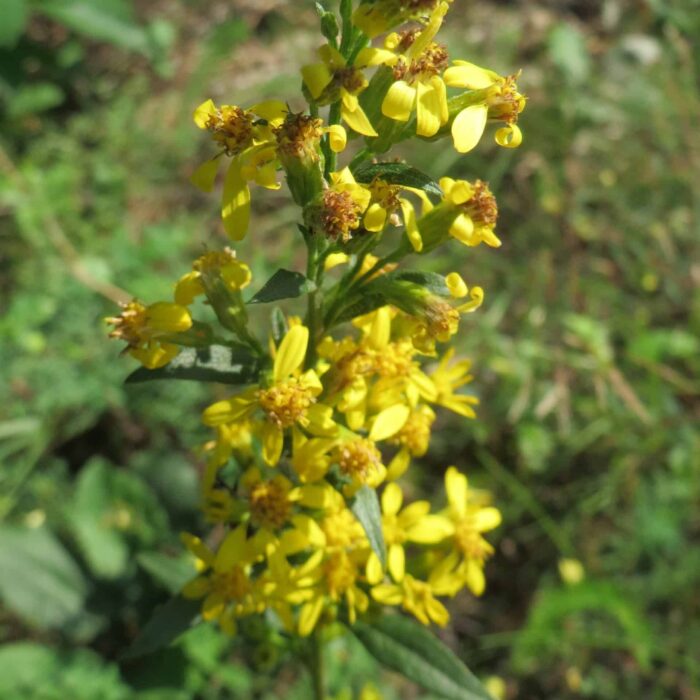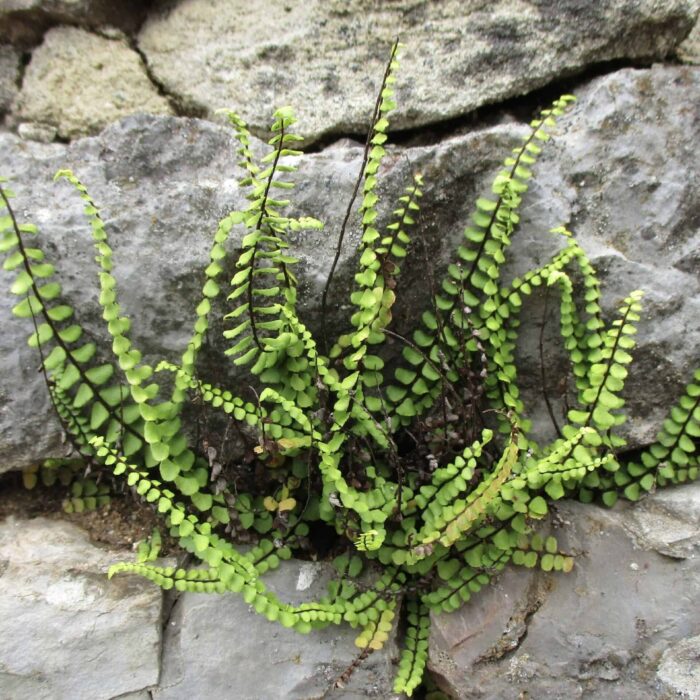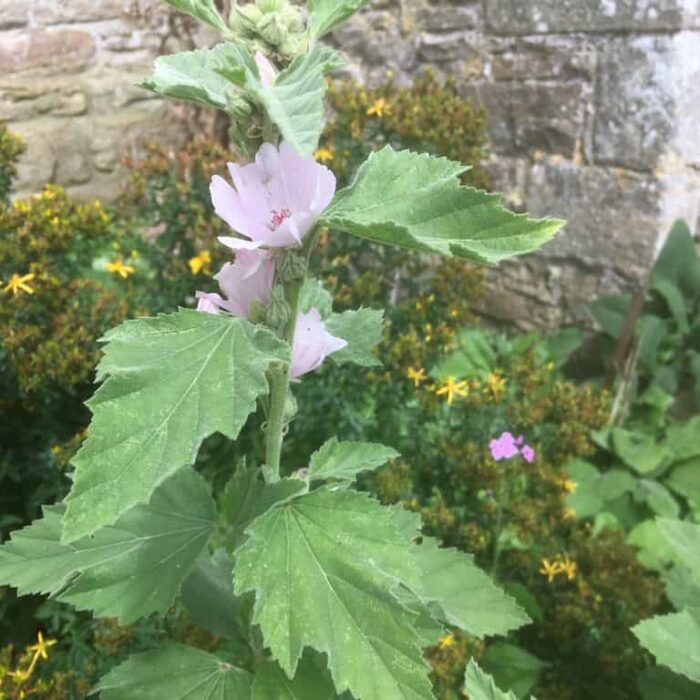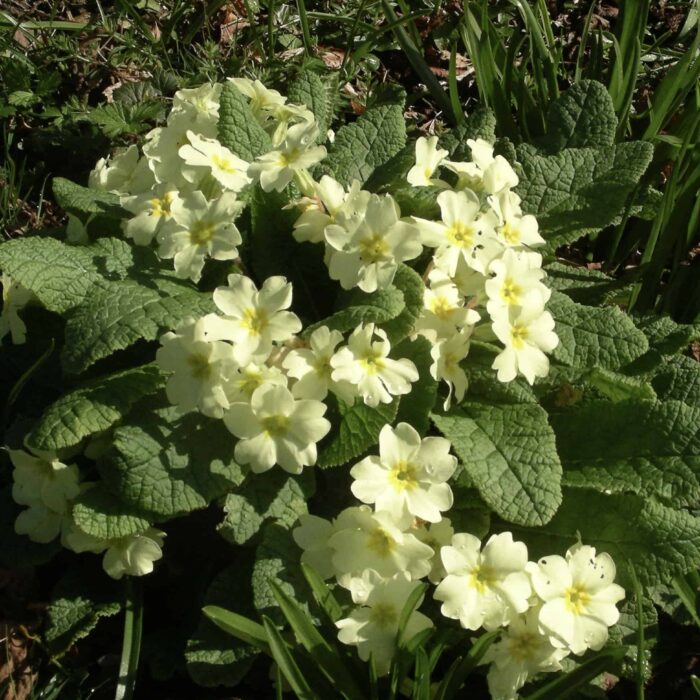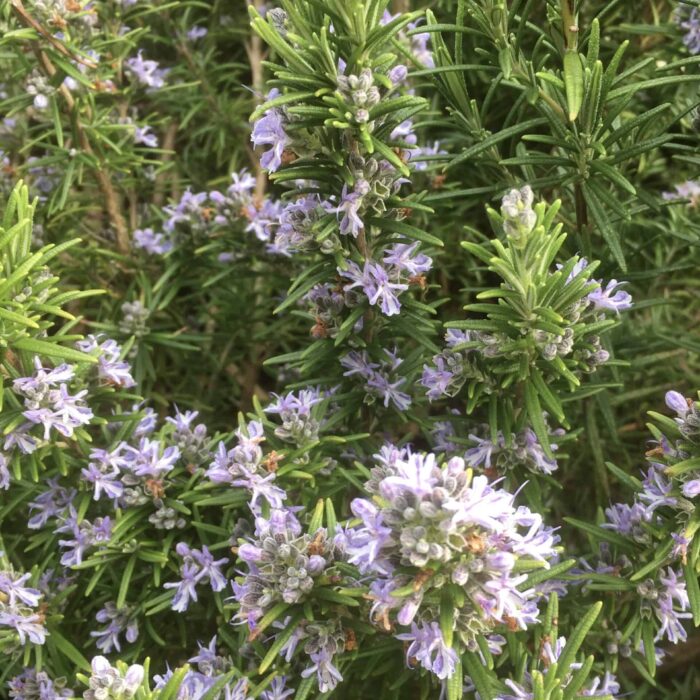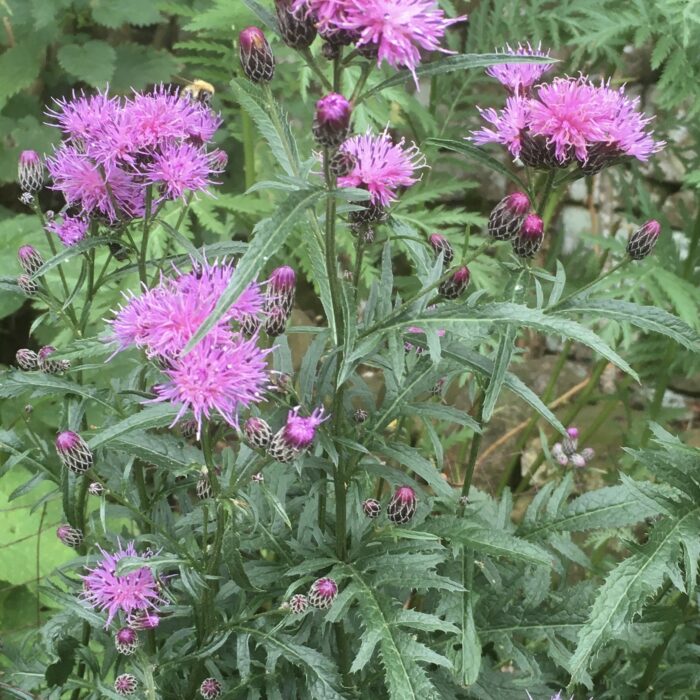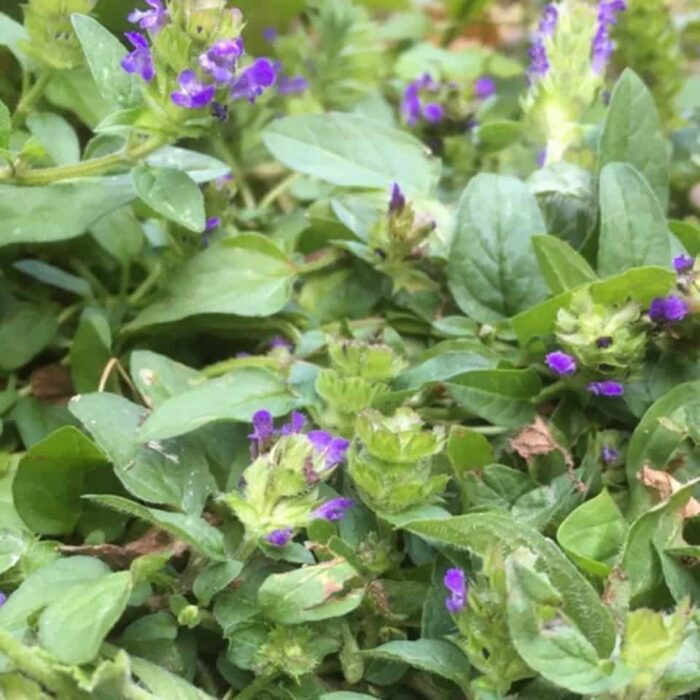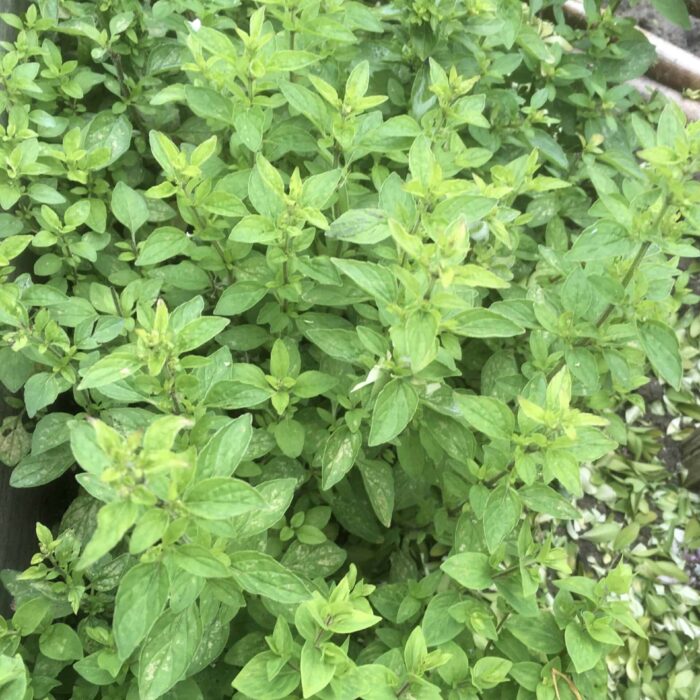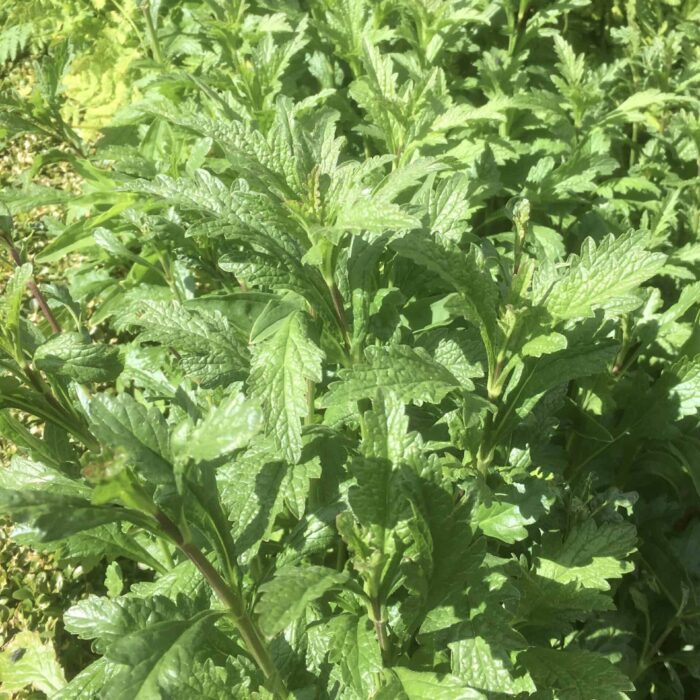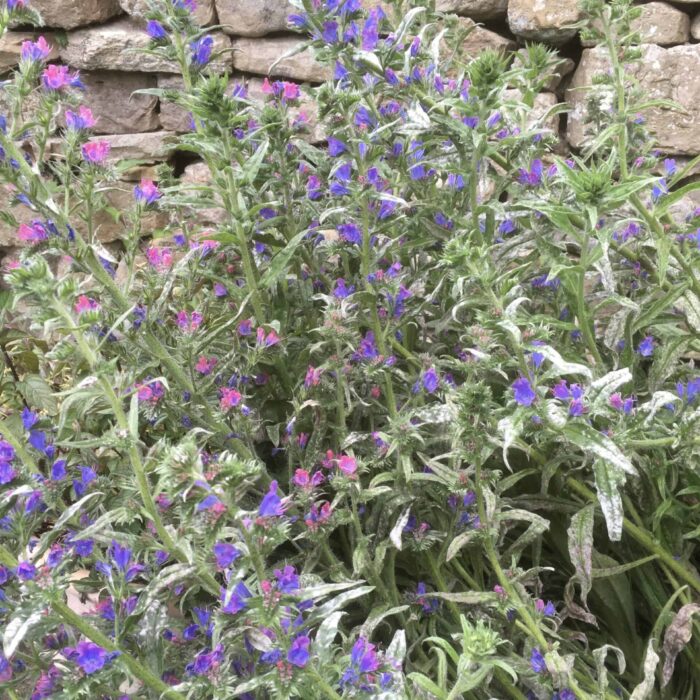Introduction to Bolton Castle Herb Garden
Set beneath the dramatic walls of Bolton Castle and with sweeping views across Wensleydale lies Bolton Castle Herb Garden, planted as a physic garden and now containing over 100 species of plants that would have been popular in medieval times. The word ‘herb’ means “any plant with leaves, seeds, or flowers used for flavouring, food, medicine, or perfume”.
Medieval herb gardens were created for medicinal purposes, for use in the kitchen and for ‘strewing’ – scattering sweet smelling herbs over the floors of dwelling places and other buildings.
The Herb Garden is divided into sections: Respiratory, Digestive, Anti-inflammatory, Nerves & Emotions, Pain, Wounds, Ophthalmology (Eyes), Poisons & Plague and Magic & Myth.
Although many of the plants had multiple uses, for our purposes each has been assigned to a specific bed and a quality for which they would have been known and used. The planting period of the garden covers from c1400 to 1680 during which time the gardens were initially created and the family in residence until they relocated to Bolton Hall after the Civil War.
The garden’s design references a knot garden. These were first created in the 1550s, during the reign of Queen Elizabeth I and which arranged plants in a square frame of evergreen hedging with a formal symmetrical design. Original designs for knot gardens were inspired by Renaissance patterns found on carpets, cushions, carvings and embroidery. This herb garden uses box hedging and hazel to create a framework.














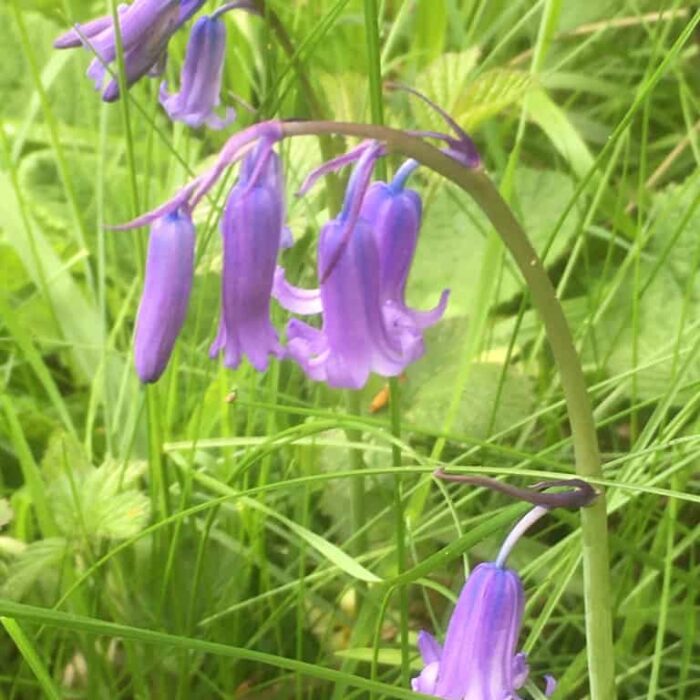


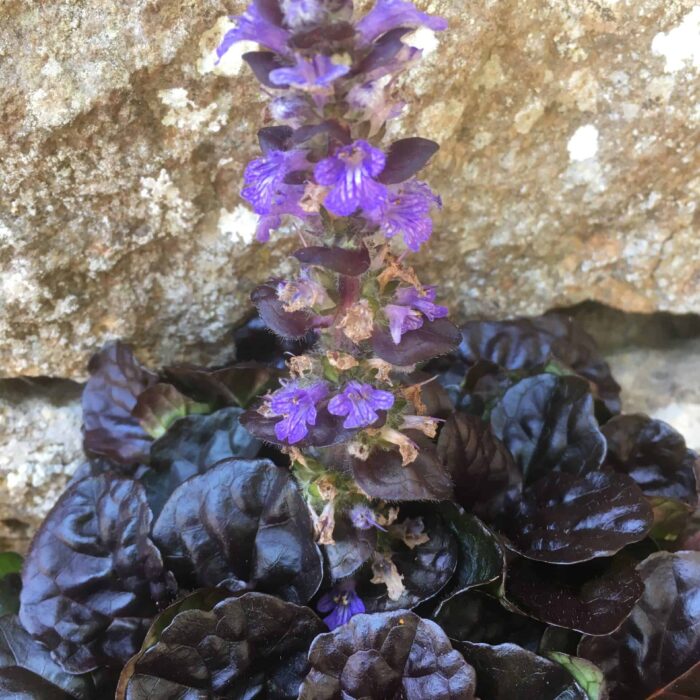






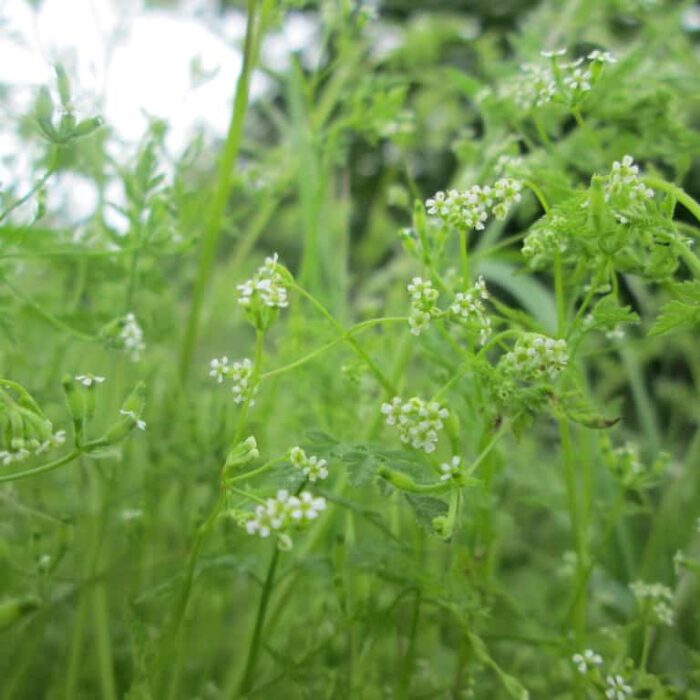







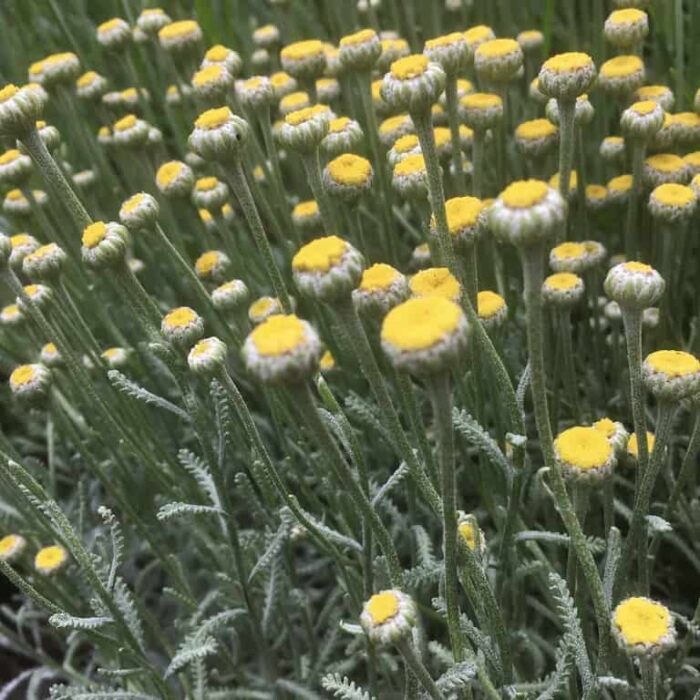
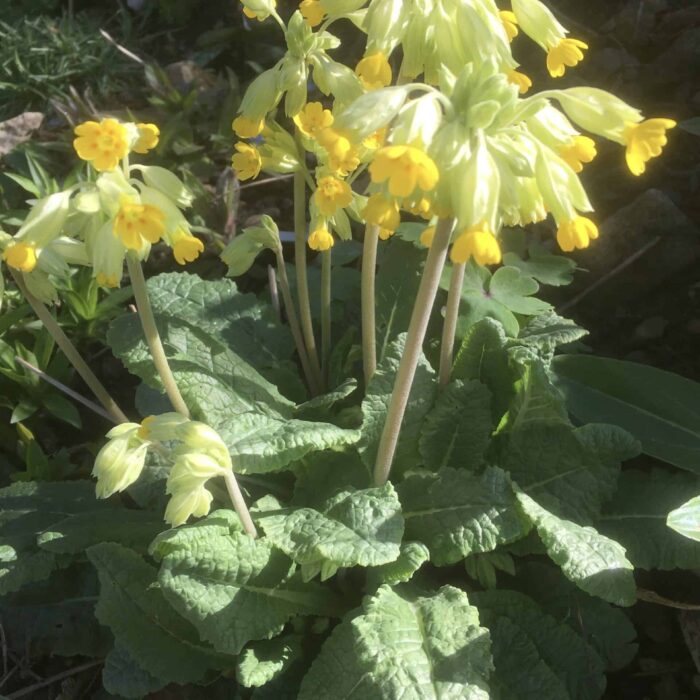


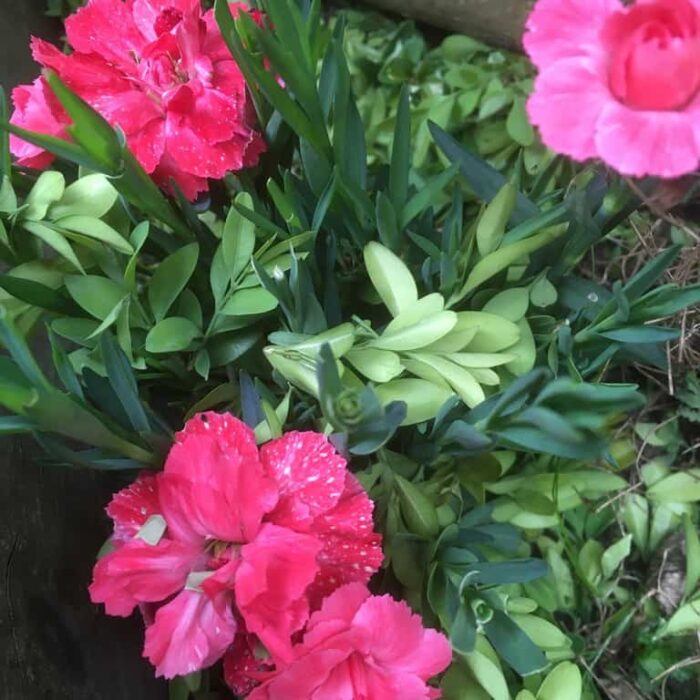





![Eyebright Deutschlands flora in abbildungen nach der natur
Nurnberg :Gedruckt auf kosten des verfassers,1798-[1862]
https://biodiversitylibrary.org/page/43634523](https://boltoncastle.co.uk/wp-content/uploads/2022/07/Eyebright-700x700.jpeg)





